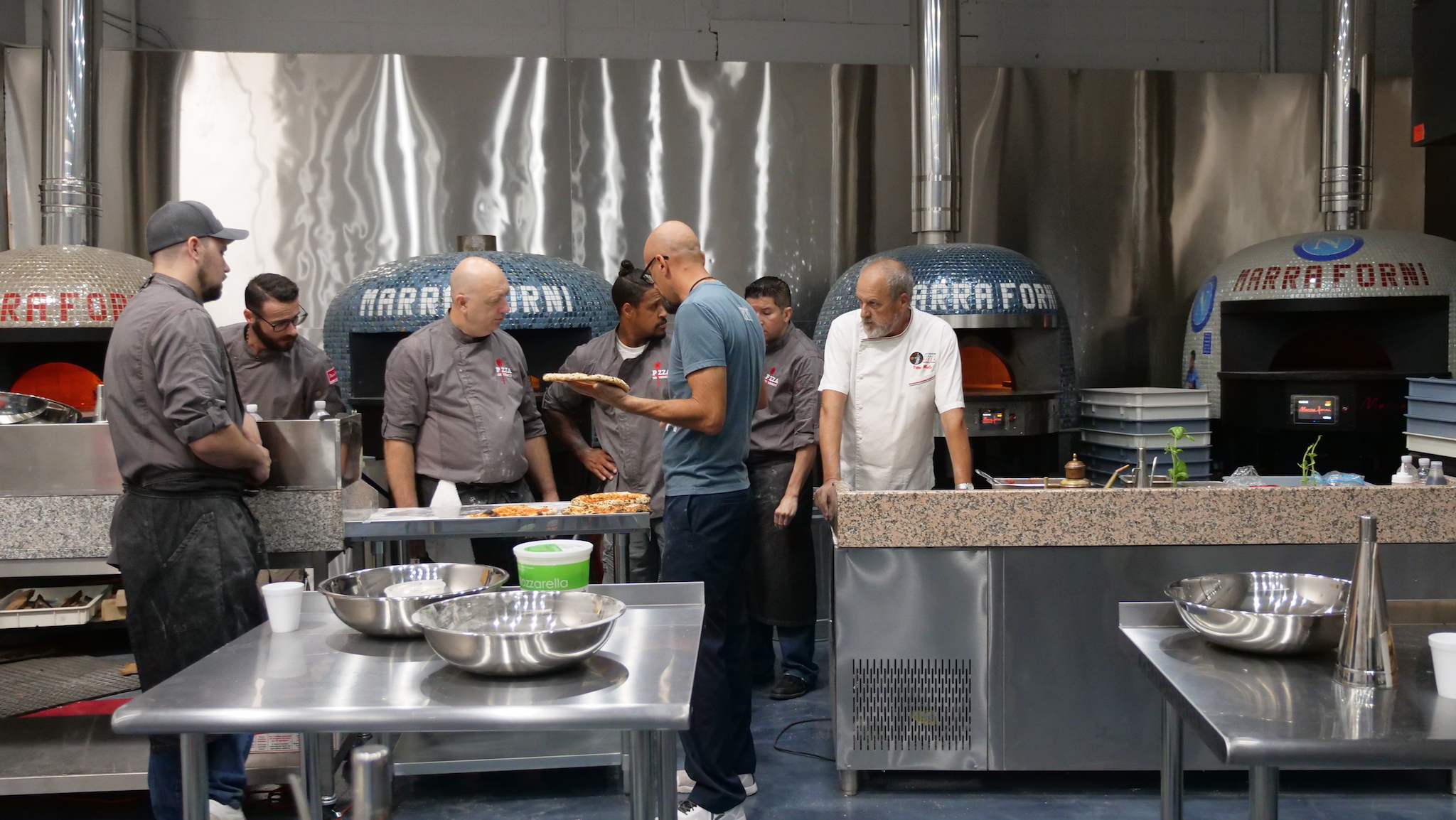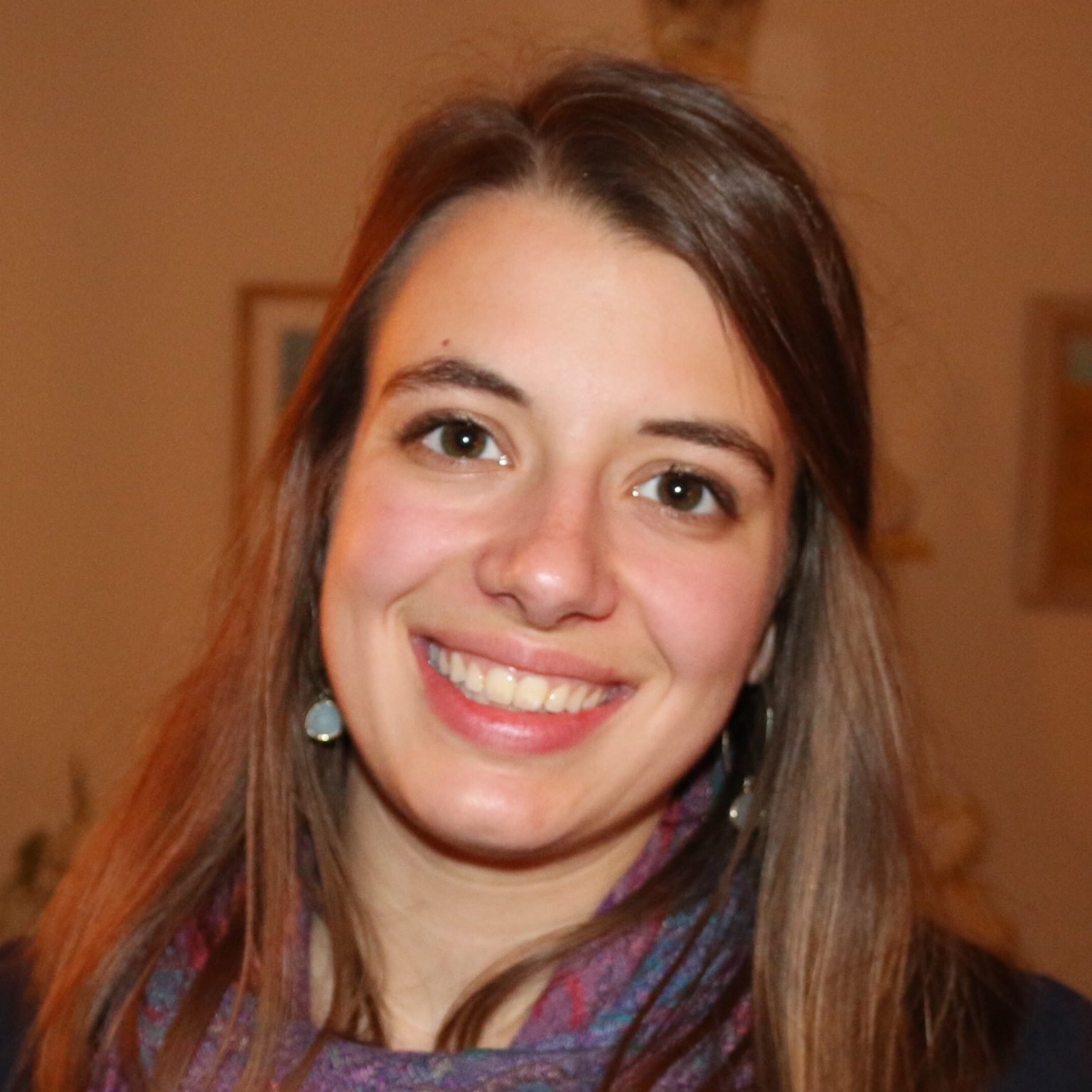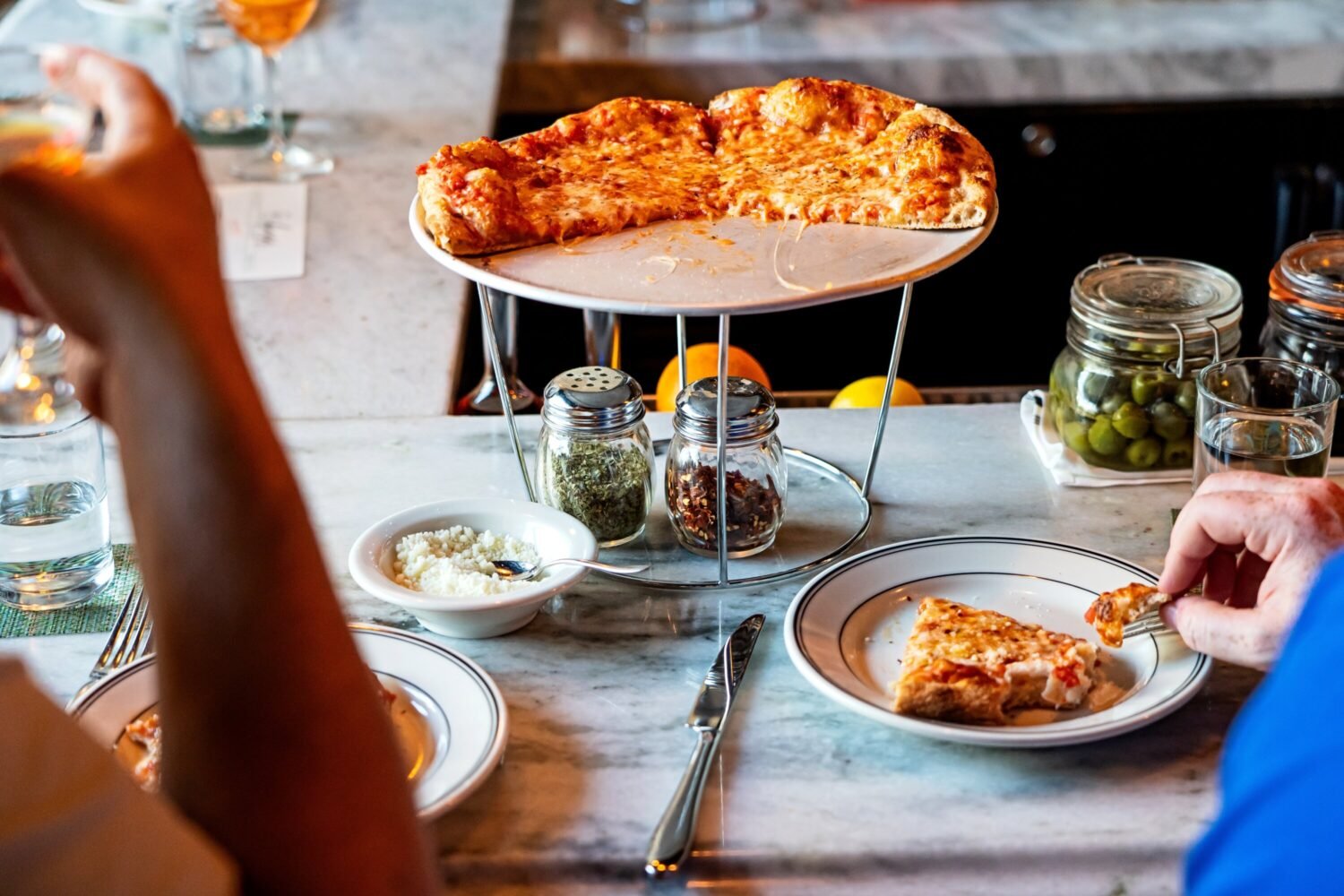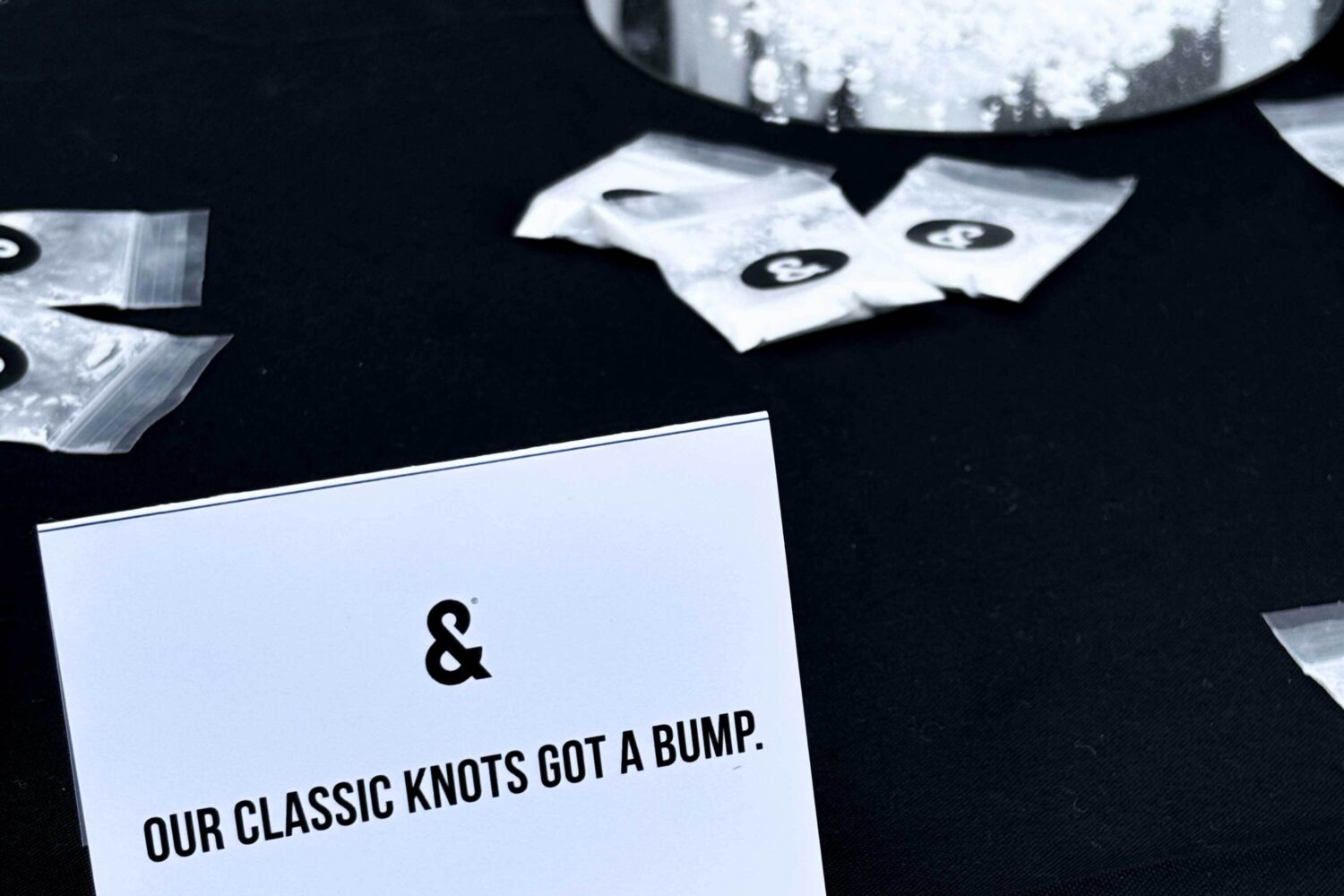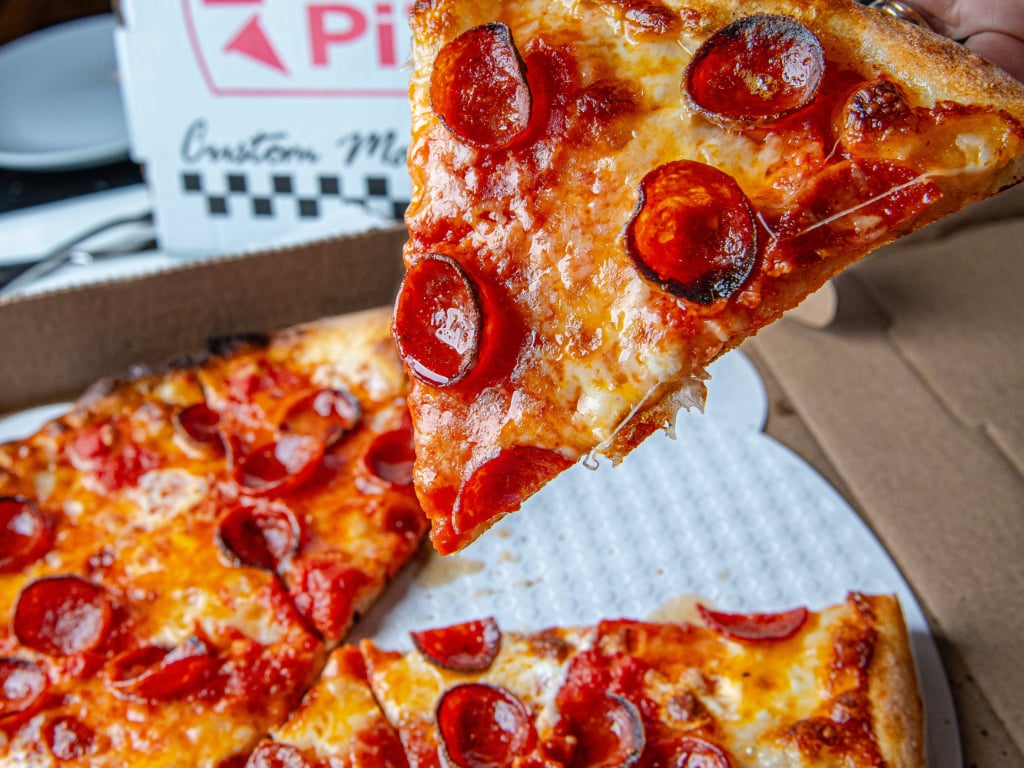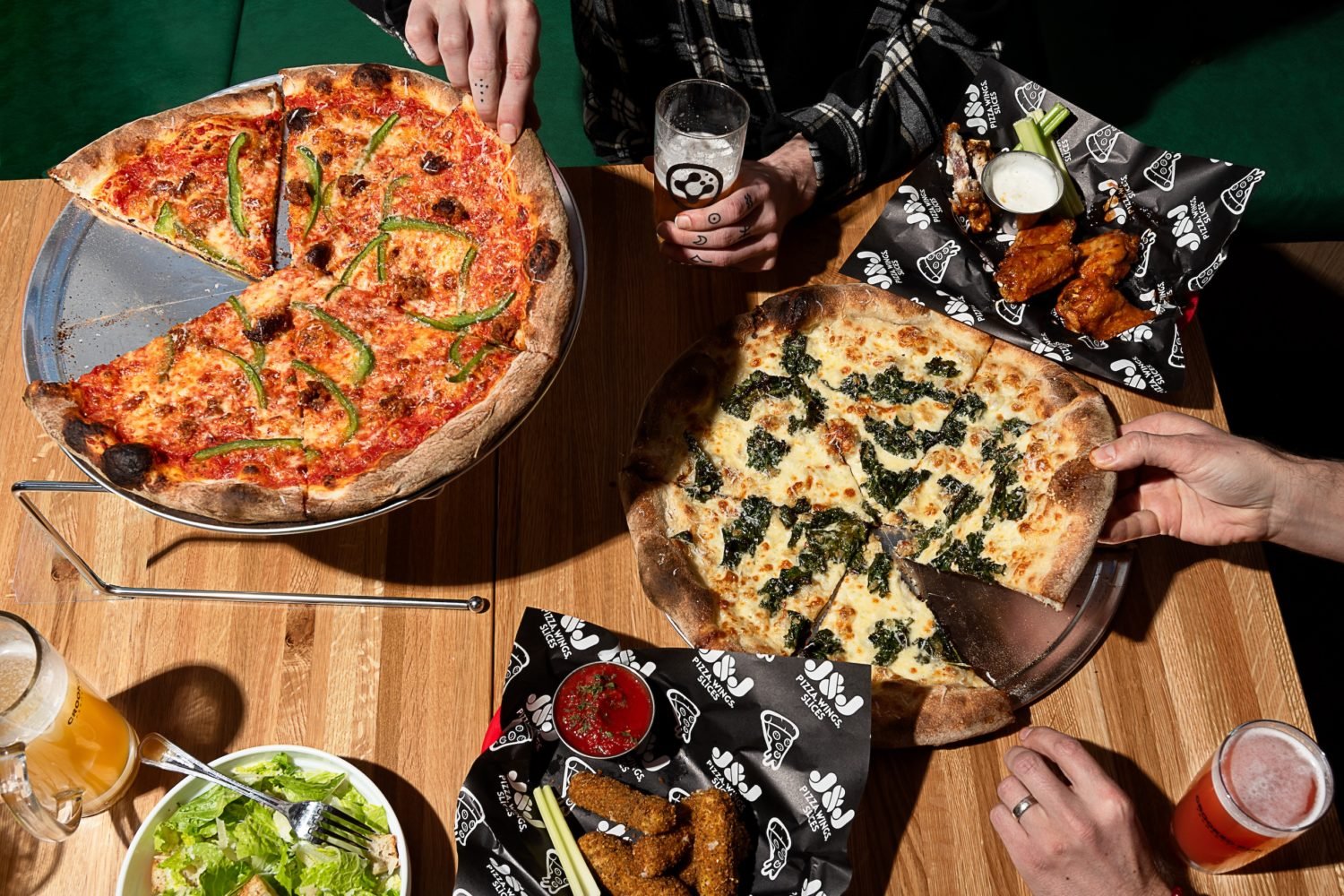Francesco Marra doesn’t think enough Americans know how to really make pizza. Marra, the co-founder and CEO of a Beltsville-based brick-oven company called Marra Forni, wants to solve this problem with Pizza University, a new culinary school that aims to take students from bake-at-400-degrees amateurs to expert pizzaiolos.
In Italy, Marra says, there are around a thousand pizza schools, but here across the Atlantic, they are few and far between. A common complaint from Marra’s customers is that they don’t have anyone qualified to use his pizza ovens. Marra decided to take matters into his own hands and initiate chefs into the high art of Italian pizza making.
Marra himself learned to cook in Italy, first at the elbow of his nonna making ragu on Sundays and then at culinary school in Naples. In 1995, he immigrated to America alongside one of his brothers. Since then, he’s become a chef and serial entrepreneur involved with since-closed restaurants Sesto Senso in Dupont Circle and Oro Pomodoro in Rockville. He currently operates a dining and catering spot inside the Italian embassy.
Pizza University is currently housed in the 1,100-square-foot test kitchen of Marra Forni’s facilities, but Marra hopes to eventually find the school its own space. So, what’s on the curriculum? ourse lengths will vary from one day (for amateurs) to two weeks (for aspiring pros). Students can choose what style of pizza they want to study, since each requires a distinct crust calibration and cooking method. The big three are Neapolitan (fluffy, with San Marzano tomatoes and simple toppings, fired at 900 degrees Fahrenheit), Roman (longer and cut in squares), and Sicilian (crispy and cooked at a lower temperature).
The inaugural class in mid-June—a three-day workshop on Neapolitan pizza taught by out-of-state master pizzaiolos certified by the Associazione Verace Pizza Napoletana—had six attendees, including some DC-based cooks and students who travelled from South Carolina and Philadelphia. The pizzaiolos-in-training made 200 to 300 pizzas each. Attending Pizza University also comes with some more traditional scholastics, like a 98-page textbook and a 10 to 15 question test in addition to a practical exam.
Going forward, Marra has big plans for Pizza University. If successful, he hopes to expand the educational venture to other states and is working with partners to build training programs for young adults and veterans.

